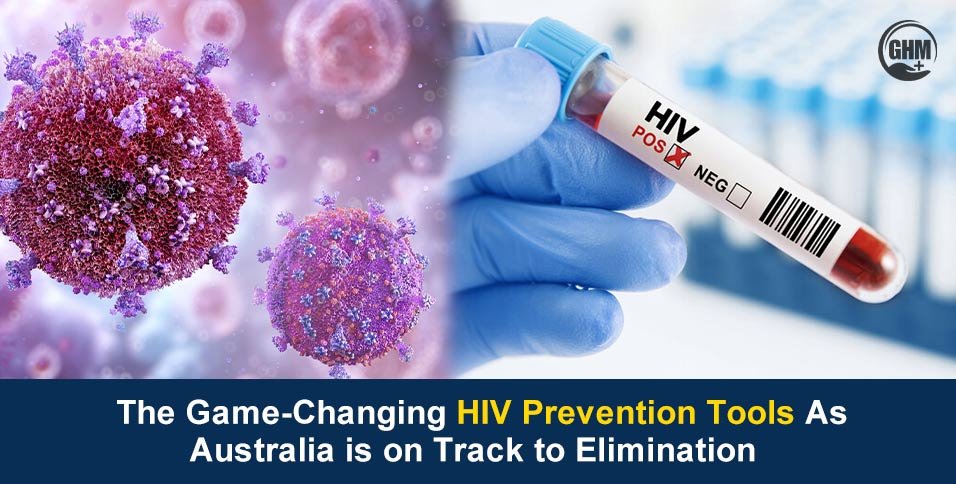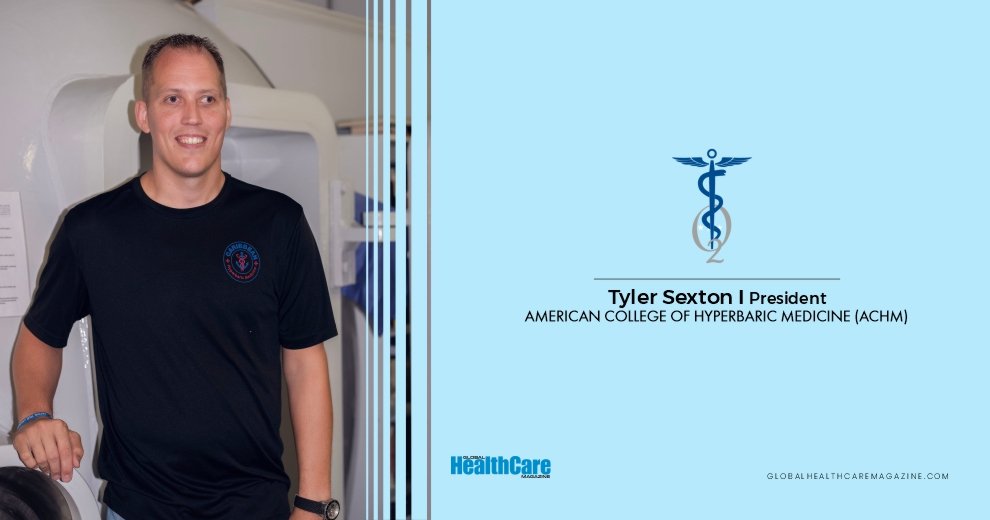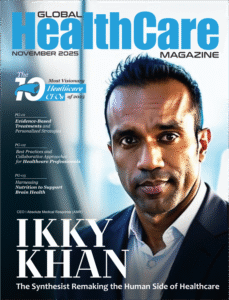Australia is on track to virtually eliminate HIV by 2030, making it one of the first countries to achieve this ambitious public health goal. This success is not just due to medical progress but also innovative HIV prevention tools that are transforming how the world fights the virus. However, experts stress that while numbers are falling, the challenge lies in ensuring no community is left behind.
“HIV diagnoses have more than halved among Australian-born people over the past decade. But for people born overseas, no reduction has been observed” said Dash Heath-Paynter, CEO of Health Equity Matters.
Modern Solution Against HIV
For decades, HIV was seen as a death sentence. Today, thanks to groundbreaking advancements, the virus can be prevented, treated, and even controlled to undetectable levels. Below are the HIV prevention tools making the elimination a possibility.
1. PrEP: The Pill That Prevents HIV
Pre-exposure prophylaxis (PrEP) has been a revolutionary development in HIV prevention. It’s a daily pill taken by HIV-negative individuals to protect against infection.
- When taken consistently, PrEP reduces the risk of acquiring HIV by up to 99% through sexual transmission.
- PrEP puts control directly into people’s hands, especially those at higher risk such as men who have sex with men, sex workers, and people in relationships with HIV-positive partners.
- New Innovations in PrEP:
- Long-acting injectables, like cabotegravir, require only one shot every two months.
- Researchers are developing monthly PrEP pills to make adherence easier.
2. PEP: Emergency Protection After Exposure
Post-exposure prophylaxis (PEP) is like a “morning-after pill” for HIV.
- PEP involves taking a short course of HIV medicines within 72 hours of possible exposure.
- Who Needs It:
- Healthcare workers with accidental needle injuries
- Survivors of sexual assault
- Individuals after unprotected high-risk sexual encounters
PEP is crucial for preventing HIV in emergency situations, complementing ongoing prevention strategies like PrEP and condom use.
3. U=U: Undetectable Equals Untransmittable
Modern antiretroviral therapy (ART) allows people living with HIV to suppress the virus to undetectable levels, meaning they cannot transmit it sexually. This concept is known as U=U (Undetectable = Untransmittable).
- Impact on Stigma:
U=U is not just a medical breakthrough, it’s also helping fight stigma by showing that HIV-positive individuals can lead completely normal lives without posing a risk to others.
4. Rapid HIV Testing and At-Home Kits
Early detection remains one of the strongest weapons against HIV.
- Rapid tests now provide results in under 20 minutes at clinics and pharmacies.
- At-home HIV test kits allow people to check their status privately, encouraging regular testing without fear of judgment.
This accessibility has been vital in countries like Australia, where early diagnosis has helped prevent new infections.
5. Education and Digital Health Tools
While medication is crucial, education and digital innovation are equally important.
- Sexual health apps remind users to take their PrEP or get tested.
- AI-driven platforms can predict high-risk areas for outbreaks and guide resource allocation.
- Social media campaigns have been breaking taboos, spreading accurate information about prevention and treatment.
Australia’s Success Story
Australia’s progress has been remarkable. According to recent data, new HIV infections have dropped by 57% over the last decade.
Key reasons behind this success include,
- Free and widespread access to PrEP and ART
- Targeted awareness campaigns for high-risk groups
- Partnerships between government health agencies and community organizations
However, gaps remain. Rural communities and marginalized groups such as Indigenous Australians and migrants often face barriers like limited healthcare access and social stigma.
Global Implications
Australia’s approach serves as a model for other countries. The World Health Organization (WHO) has set a target to end AIDS as a public health threat by 2030, and the lessons from Australia could help guide international strategies.
- Scaling up PrEP access globally could prevent millions of new infections.
- Reducing stigma is key to encouraging testing and treatment uptake.
- Affordable access to medicines remains a challenge in low-income nations.
Future Challenges
Even with advanced HIV prevention tools, several hurdles remain,
- Stigma and misinformation that discourage testing and treatment.
- Unequal access to medicines in low-resource settings.
- Rising rates of sexually transmitted infections (STIs) that complicate prevention efforts.
- Funding gaps for HIV research and community health programs.
Conclusion
The fight against HIV has evolved from dejection to hope due to groundbreaking science and innovative HIV prevention tools like PrEP, PEP, U=U, and rapid testing. Australia’s near-elimination of HIV proves that success is possible, but the final step requires global commitment to ensure every individual, no matter their background, has access to these life-saving advancements.
With the right strategy and equity at the forefront, the dream of an HIV-free world is no longer just a vision, it’s within reach.



















